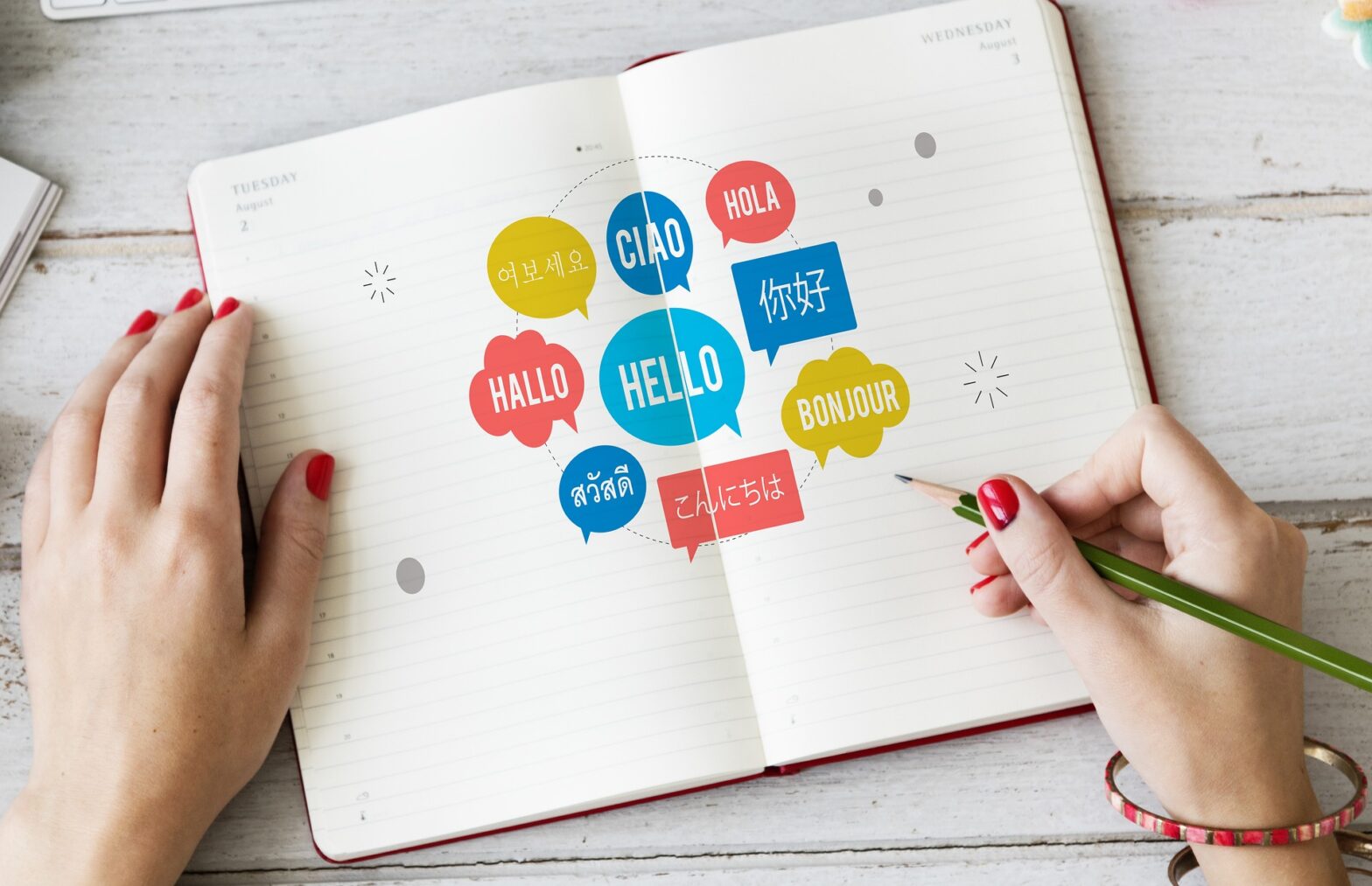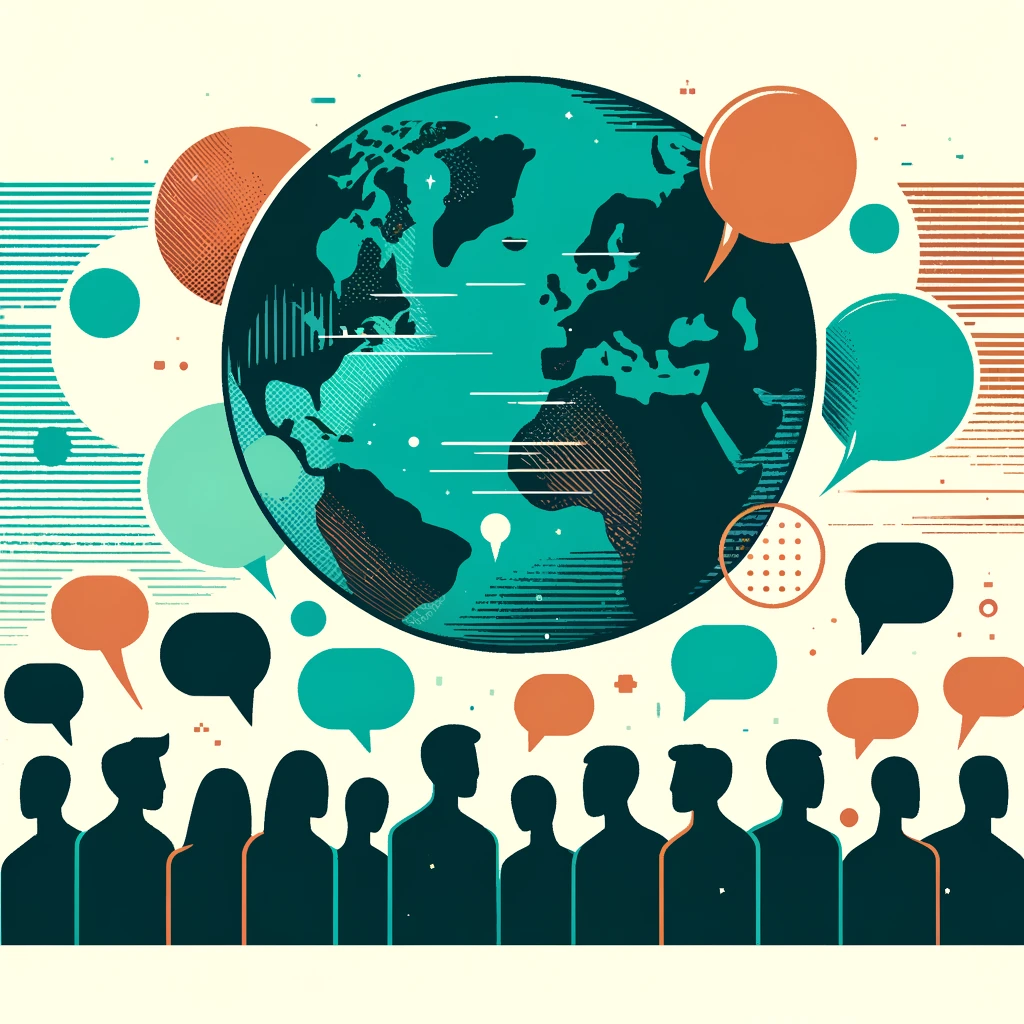We know anecdotally that high translation quality is important, but it can be very hard to measure the direct effects of precision and accuracy on your market. For example, it’s tough to tie profitability and growth directly to translation quality. After all, lack of growth could be due to a weaker economy, a product that is a bad match for the market or inappropriately priced, or any of the other variables that are a part of entering a new market. But here are six ways that bad translation can have a big impact on your profitability.
1. Brand and reputation damage
There are lots of examples of businesses that got translations dead wrong. Sometimes the translation is simply incorrect. Sometimes the actual words of the translation are correct, but there’s a colloquial twist that changes the meaning. And sometimes it’s linguistically fine, but cultural subtleties on the ground change the meaning.
These are especially bad:
- When KFC entered China, they inadvertently changed their slogan “It’s finger-lickin’ good” to “Eat your fingers off.”
- Coors launched their “Turn It Loose” slogan only to find out that in Spanish the translation was slang for having diarrhea.
- Colgate launched a toothpaste product in France without realizing they gave it the same name as a local adult magazine.
All these instances make brands look ridiculous and clueless. And giving people that kind of impression of your brand right out of the gate is a big problem for brand perception. That’s what makes the difference between translation and transcreation so important. (If you’re not sure what that difference is, this post will give you an explanation and some advice on how to pick the right translation approach for you. And you can see the 20 worst translations of all time here.)
2. Potential fines and legal issues
Getting translation wrong can cause major legal issues. A terrible example: a hospital in Florida mistranslated “intoxicado” as “intoxicated” rather than the more accurate “poisoned.” This caused a delay in a patient receiving the correct treatment, resulting in brain damage that made him quadriplegic. The eventual settlement for the error was $71 million.
3. Expensive financial errors
It’s not just translated words that can cause issues. Regional differences in numerical formats can have real-world ramifications. In English-speaking countries, a comma in numbers usually represents the thousands’ separation to make it easier to read, but in many countries, a comma represents a decimal point. That’s pretty serious if you’re invoicing for 1/1,000th of the amount you meant to. You can also get dates wrong due to formatting differences. For example, 4/11/19 means November 4, 2019, in the UK, but in the date/time format that Brazil uses, that means April 11th.
4. Increased cost from rework
Translation errors can cost you increased production and marketing costs—including reprints, rebrands, and missed deadlines. HSBC launched their ‘Assume Nothing’ branding internationally. Only they translated it as ‘Do Nothing.’ The final cost? A $10 million rebranding effort.
5. Poor user experience
When people view a webpage, they start to judge it immediately—the look, the feel, and the words. Research shows that users often leave a website after 10–20 seconds. That means you don’t have much time to show them that you’re worth a deeper look. Spelling mistakes, poor-quality translation, and clumsy wording all add up to a poor user experience. Ultimately that means lower conversions. It’s estimated that 59% of visitors would not do business with a company that has poor grammar on its website. You can’t afford to lose nearly two-thirds of your market with stupid mistakes. Even a single spelling mistake can cut sales in half.
6. Search engine penalties
Not only are potential customers less likely to buy from your site, but they are also less likely to find it in the first place due to search engine penalties. Search engines push poorly translated sites down the rankings. Beware: Machine Translation (MT) can be rife with errors. In the words of SEO company Moz: “Automatic translations can be inaccurate and off-putting. They can hurt a website trying to rank in a competitive landscape. A great way to get an edge on your competitors is to use professional, high-quality native translators to localize your content into your target languages. High-quality localization is one of the key factors in improving your rankings when it comes to international SEO.” High-quality translations are a great way to get ahead in the rankings.
High-quality translations help your bottom line
Good translation is not a ‘nice to have’; it’s a critical part of any international marketing effort. Getting it wrong can hurt your brand, your customers, and your bottom line. It might be tempting to cut corners by using non-professional translators, translating with MT, or skipping quality assurance steps. (Be especially careful with creative, highly-branded content.) Regardless, the examples above prove that getting things right the first time is worth the investment.





